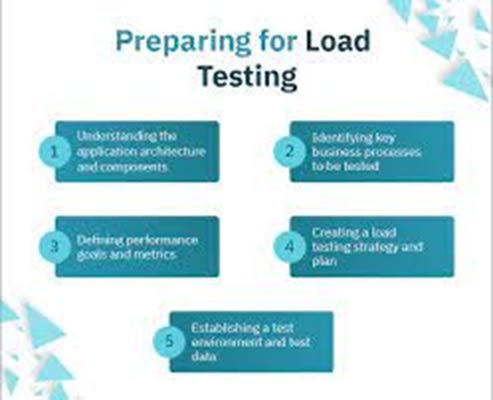
Various company operations are streamlined and optimized using the Oracle E-company Suite (EBS), a vast collection of business software. Organizations can use it to handle key processes like finance, supply chain, human resources, and customer relationship management. It is crucial to confirm that an organization’s Oracle EBS testing tools implementation can effectively handle the rising burden as it expands. In this situation, load testing is useful.
The Oracle E-company Suite (EBS), a sizable collection of business software, is used to streamline and optimize several corporate operations. It can be used by organizations to manage crucial procedures including accounting, supply chain management, human resources, and customer relationship management. It is imperative to ensure that an organization’s Oracle EBS system can manage the increasing workload as it grows. Testing the load is helpful in this circumstance.
Why Oracle EBS Needs Load Testing:
Before making any significant system modifications or upgrading Oracle EBS to version 12.2, load testing is essential. Businesses can use it to find and fix performance problems that might occur as a result of an increase in users, transactions, or data volume. Load testing aids organizations in gaining confidence in the stability and dependability of their Oracle EBS infrastructure by mimicking real-world user scenarios.
Key Points to Keep in Mind When Load Testing Oracle EBS:
Creating a scenario: Designing realistic and useful test scenarios is essential for effective load testing. Testers need to take into account several things, including user behavior, peak usage times, and the variety of tasks carried out within the program.
Realistic User Load: Load tests must realistically reflect the anticipated user load in the actual world. To prevent skewed outcomes, it is crucial to create a balance between the number of concurrent users and the resources available.
Assessment of Scalability: The main goal of load testing is to determine how scalable an application is. When testing a system, it’s important to gauge how well it grows as the number of users or transactions increases.
Monitoring and analysis: To continuously monitor system behavior during load tests, powerful monitoring and analysis tools are required. Making informed decisions and locating performance bottlenecks are much easier with the use of this data.
Tools for Load Testing Oracle EBS:
There are several effective tools for load testing Oracle EBS on the market. These technologies enable effective testing and offer priceless information about system performance. Finding the best options for their needs typically entails searching for “Oracle EBS testing tools” on the internet.
Load testing is crucial for Oracle EBS upgrades:
The application architecture must undergo considerable changes to upgrade Oracle EBS to version 12.2. Businesses may make sure the new version is capable of efficiently handling the anticipated user load by doing load tests both before and after the update. It works as a risk-reduction measure as well to prevent performance regressions that might happen after the update.
Conclusion
To ensure optimal performance and upgrading Oracle EBS to 12.2, load testing is a crucial step. It aids companies in determining how well their system can manage actual workloads and gets them ready for expansion in the future. One such solution that provides thorough load testing abilities for Oracle EBS and other enterprise systems is Opkey. It helps companies locate performance bottlenecks, increase scalability, and maximize resource use. Load testing is easier to use and more effective thanks to Opkey’s user-friendly UI and extensive reporting features.


















